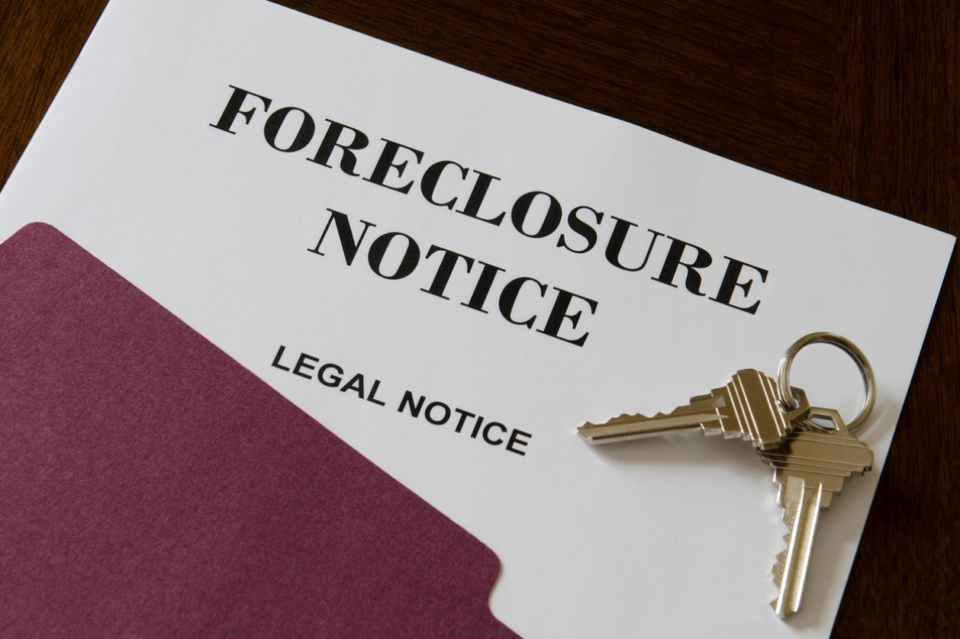Seven Steps a Borrower Should Take When Its Property Is In Distress

Foreclosure is difficult for a borrower, particularly when an investor sees the value of a prized asset fizzle. The following are six practical steps a borrower can take to help mollify an otherwise painful process.
- Locate your loan documents and review loan terms. Borrowers frequently put their documents in a forgotten file cabinet or save them in a haphazard electronic manner, making it difficult to locate them and evaluate the situation when a crisis arises. Find them. Then, ask your attorney to determine the extent of your exposure. You need to have a clear understanding of your recourse exposure. Even if you have a non-recourse loan, you need to understand any non-recourse carve-out provisions in the loan documents. While these documents may have been intended to cover “bad boy” acts, you may be surprised to find that not paying your property taxes, defaulting on insurance premiums, or not dealing with an environmental issue could trigger full recourse.
- Communicate with your lender. Be proactive. Don’t sit by idly and wait for them to reach out to you. Start talking to them before they foreclose, not after.
- Don’t show up to a meeting with your lender in your Porsche. Your lender wants to know that you are taking the situation seriously and that the loan default is a big deal to you – not that you have plenty of money and this loan is just a drop in the bucket – making your lender question why the default is happening in the first place, and less likely to work with you as a result. Build credibility with the lender by being professional and humble.
- Determine whether you have any leverage. Has the lender done anything wrong? Is there particular knowledge that you have about the property/collateral that you can trade for a reduction in the debt or a release of a guaranty? Is the lender going to be lost if you are no longer involved? Don’t be too overconfident in this determination, but if you are in the middle of constructing a complicated building, and a default occurs, there probably will not be a line of general contractors willing to jump in and finish the project. You could offer to finish the project for the bank for free or at a discount in exchange for a release or reduction of liability. This doesn’t always work, but sometimes it does if offered in a way that makes the bank think you are earnestly trying to help instead of trying to find a way to get a discount.
- Have a plan and communicate the plan to the lender. Even if it is tenuous, having a plan in place for resolution of the default will demonstrate to your lender that you are being conscientious about creating a road map for resolution.
- Don’t pay yourself first. Any plan should include an intent for you to suffer the loss before the lender suffers. In other words, you should be prepared to reduce any amounts payable to yourself before the lender incurs losses.
- Line up new equity. Finding an equity infusion can demonstrate to the lender that you are committed to working out the default.
If you need further information, please reach out to William Schwartz or a member of our Financial Services & Restructuring or Real Estate Groups.
Related Information:
Nine Steps a Lender Should Take When Its Collateral Is in Distress